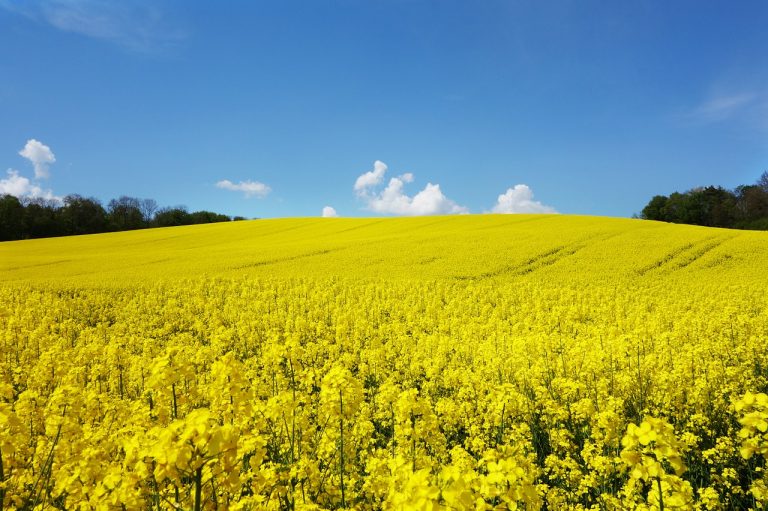Published on: 10/04/2023
Share on :

In Tunisia, the cultivation of rapeseed is becoming more and more extensive following the encouragement of the state. It could reach 1375.25 ha in 2015/2016. An estimate of 8100 grains of rapeseed (we do not express the production in number of seeds) would be expected for the 2017/2018 campaign. This will reach 5265t of oil cake and 2835t of oil.
Rapeseed meal is mainly intended for ruminant feed, given its nutritional value in relation to its price. A comparison between rapeseed and soybean cakes proves the nutritional and economic interest of incorporating this local product in livestock feed;
Rapeseed meal is less rich in crude protein, but richer in crude cellulose, phosphorus, fat and calcium and this has an impact on the cost of the finished product.
An experimental trial on a population of 20 dairy cows was carried out in Mohsen Limem’s farm for 180 days, with an incorporation rate of 15% of rapeseed. An improvement of +1.07 l of milk was recorded in the experimental batch.
Another trial was carried out on 80 fattening bulls: 48 head on the Kodia farm and 32 on the Limem farm. The duration of the trial was 180 days. The incorporation rates were 15% in growth phase and 14% in finishing phase.
The differences between the GMQ were +24.02g/d in the Limem farm and +11.57g/d in the Kodia farm. These results were in favor of the experimental lots.
Also, rapeseed can be incorporated into poultry feed. In this context, a trial was developed at OTD Echaal in 2 buildings of 10,000 birds each. The incorporation rate was 5% and the feed was isoproteine and isoenergy. There was an improvement of +0.02 points in feed conversion ratio and +1 point in production ratio.